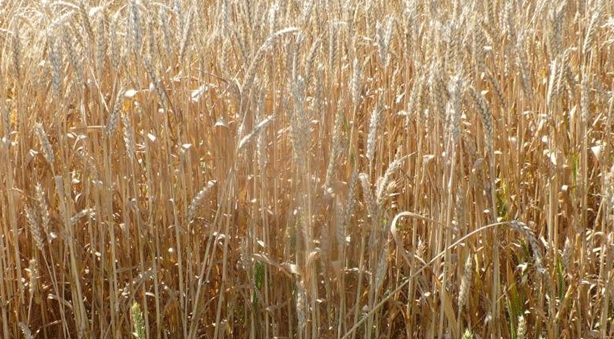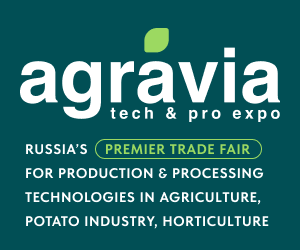In 2024, Russia’s grain exports surged, accounting for 17% of the global market—a 50% increase over the five-year average. This growth underscores Russia’s strategic plans to elevate agricultural exports to over $50 billion by 2030, with significant contributions from meat, dairy, and processed food sectors.
According to VTB analysts, Russia’s agricultural exports reached $43.5 billion in 2023, with projections to surpass $50 billion annually by 2030.
This ambitious target aligns with the government’s strategy to boost production in the agro-industrial complex by 25% and increase exports by 50% within the same timeframe.
The meat industry has shown remarkable progress, with a 27% increase in exports in 2024. Specifically, pork exports rose by one-third, poultry by 25%, and beef by 22%. Notably, Russia’s self-sufficiency in meat production now exceeds 100%. Projections indicate that meat exports will grow 2.6 times, reaching $3.7 billion by 2030, while vegetable oil exports are expected to rise by 30%, totaling $7.5 billion.
To support this expansion, Russia is enhancing its export infrastructure. The development of Baltic Sea ports, such as Vysotsky and Lugaport, aims to handle up to 15 million tons of agricultural exports annually by 2025. This initiative seeks to reduce reliance on Black Sea routes and open new markets in Latin America and Africa.
Russia’s agricultural sector is on a robust growth trajectory, driven by strategic investments and diversification efforts. With a focus on expanding export markets and enhancing infrastructure, Russia is poised to solidify its position as a leading global agricultural exporter by 2030.
Error




